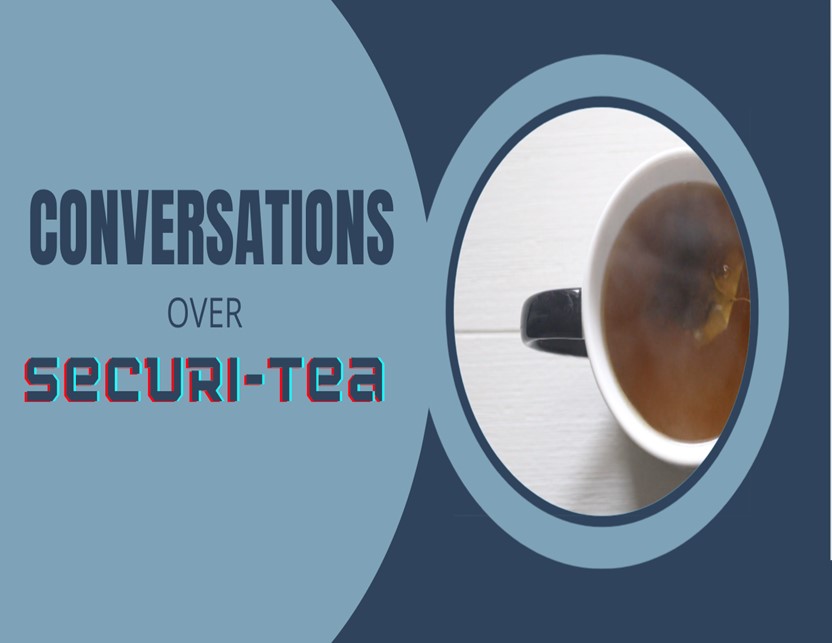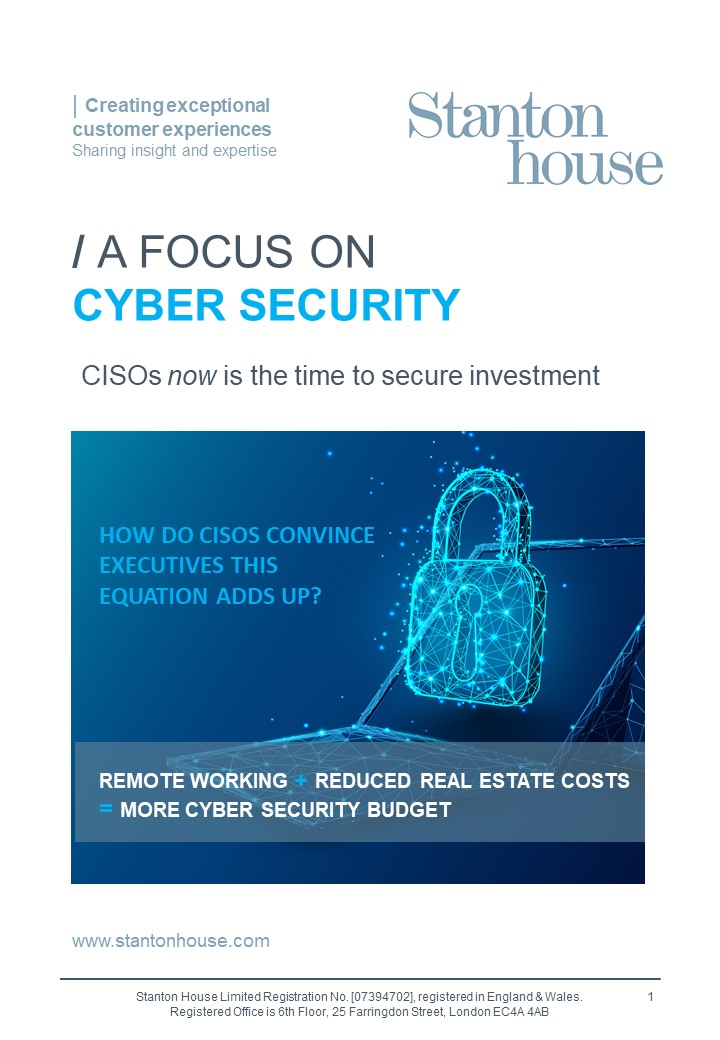

In previous instalments of this blog series we brought you expert insight from Paul Anderson-Walsh, Co-Founder of the Centre for Inclusive Leadership, where he explained the I.D.E.A.S © model on being and becoming more inclusive.
This framework enables organisations to better understand where they need to focus their efforts if they are to develop and sustain an inclusive environment in which everyone can be their best self and do their best work.
Part one explained the difference and importance of integrating new hires into an organisation rather than inducting them, part two explained the importance of developing employees rather than letting their value depreciate, part three looked at enabling managers rather than expecting them to know how to lead and part four discussed how to align talent rather than forcing people to assimilate. This week we take a look at the final element in the model, sustaining the shift to a culture or inclusion, rather than superficially ticking boxes.
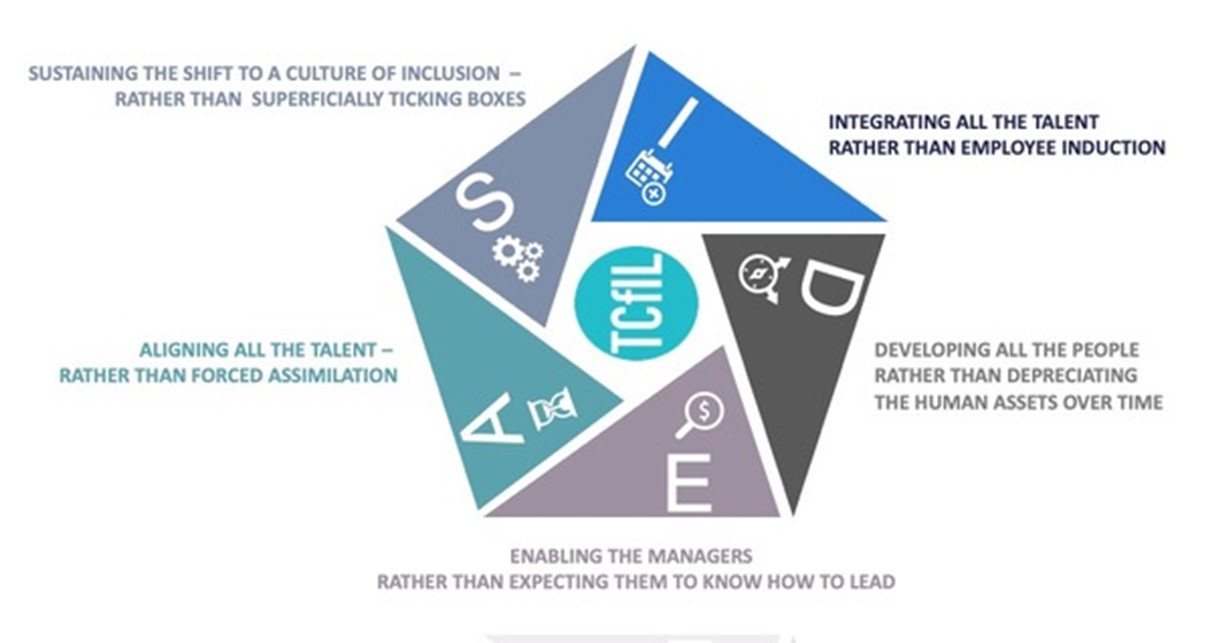

Sustaining the shift to a culture of inclusion
The alchemic power of inclusion has been lost in the (critically important, but critically different) Equal Opportunity and Diversity agenda. Many of the initiatives that have been offered have produced superficial rather than sustained change. They have produced a change that failed to produce change. For instance, well intended or not one might reasonably ask how much lasting change Starbucks gained from shutting 8,000 stores for four hours recently to conduct racial bias training for its employees. Inclusion is aiming at something more sustainable. It is aiming at driving high performance through culture change.
Charles Handy defined culture as “the way we do things around here”. Ultimately, it is how we do things that determines whether any change sticks and becomes a new habit. To sustain the behaviours consistent with an inclusive culture (one in which there is integration rather than induction; development rather than depreciation; managers being enabled rather than expected to know how; and where there is alignment rather than assimilation) leader-managers must be the embodiment of new habitual ways of being. They need to be able to lead in such a way that they inspire those who work for (and indeed with) them so that they are motivated to learn, grow and develop and become more adept at managing inclusion – their own and that of others.
There are many barriers to inclusion, bias (in favour of, as well as against) being chief amongst them. Bias, as a result of stereotyping, assumptions and prejudgements is often the major cause of a shift to a more inclusive organisation culture not being sustained. We have developed a model that can enable individuals to embed new ways of “doing things around here” and thus support and sustain the organisation shift to inclusion by deliberately seeking to become bias interrupters. This is achieved when the organisation H.E.A.R.S. ™ An organisation that H.E.A.R.S. can be identified by the way in which all its staff interact with one another, with their clients, customers and other stakeholders.
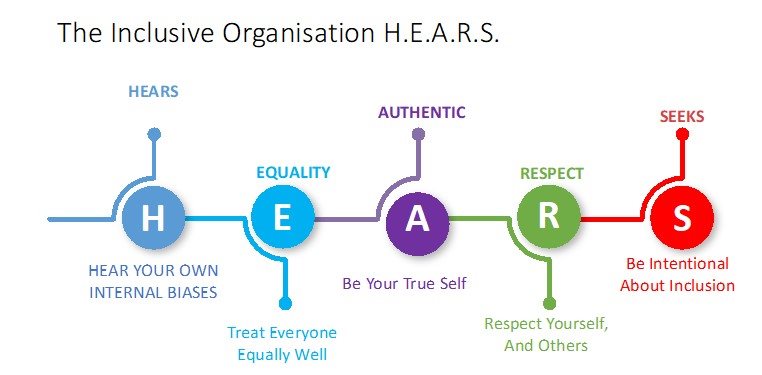
H.E.A.R.S. Top tips for sustaining the shift to inclusion
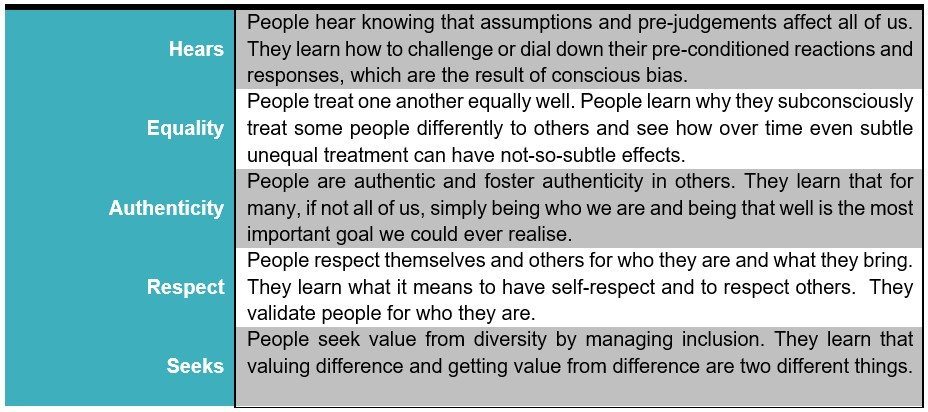
Being our best selves & doing our best work
Change entails new ways of thinking, being and doing, consequently, for change of any nature to be sustained it must be anchored in the culture. In order to do that we believe that you need to be intentional about inclusion so as to foster an environment where your people feel comfortable reaching out to all their colleagues to gain greater awareness of each other's experiences and perspectives. You need to have ongoing dialogue but without tolerating any incongruence between behaviours and your inclusion values. You need to build trust encouraging compassion and open-mindedness and reinforcing our commitment to a culture of inclusion.
For information about the Centre for Inclusive Leadership’s Inclusive Leadership Programmes, please get in touch.
Share your insights
We’d love to hear from leaders on how you are adapting, implementing and assessing your workforce engagement and inclusion strategies as a result of the Covid-19 crisis. Please get in touch to share your insights.
Similar blogs



